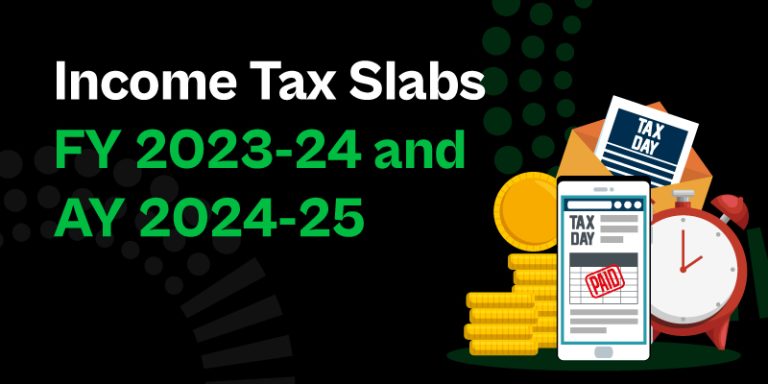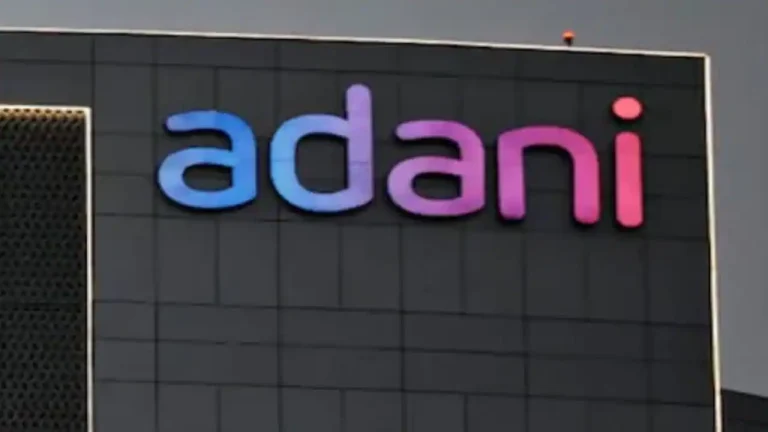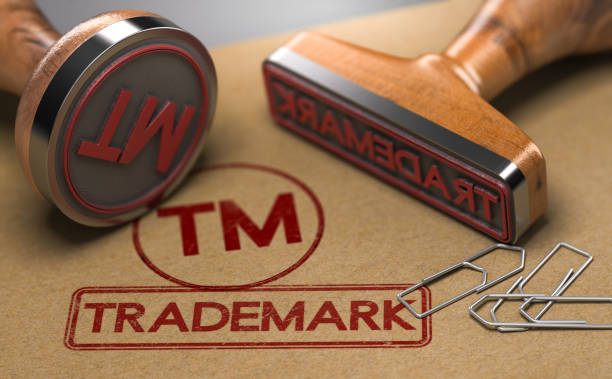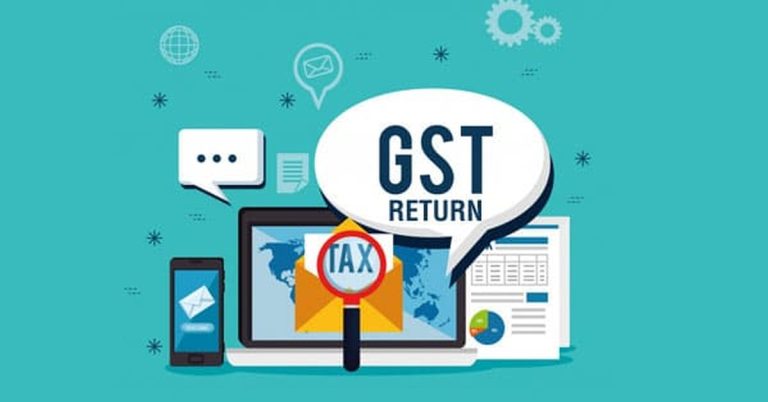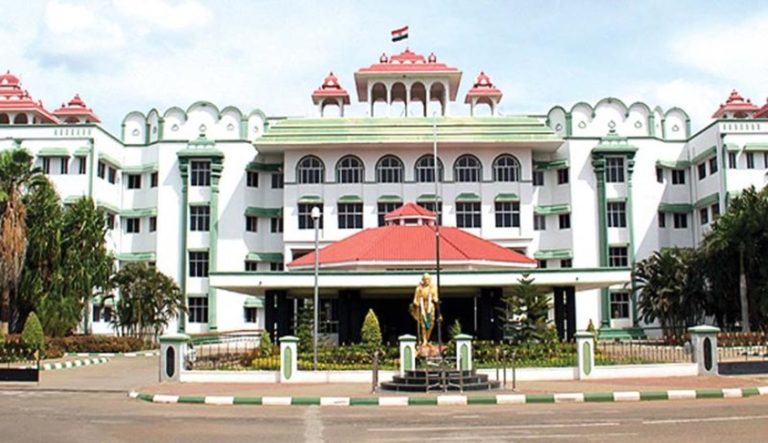In what promises to be a thrilling year-end endeavor, Royal Enfield is gearing up for a major revamp of its iconic Bullet model, while also teasing the imminent launch of the Himalayan 450. As anticipation builds around these developments, the motorcycle manufacturer has added a new dimension to the excitement by filing a trademark for the name ‘Guerrilla 450’.
As previously reported, Royal Enfield has ambitious plans for its 450cc platform, with a lineup of five distinct models poised to make their mark. The highly anticipated Himalayan 450 is set to lead the charge, marking the inception of this innovative liquid-cooled platform. Beyond the Himalayan, the company’s investor presentation showcases a diverse array of body styles, including a roadster, cafe racer, scrambler, and an adventure bike tailored for off-road enthusiasts.
While the specific model that will bear the moniker ‘Guerrilla 450’ remains shrouded in secrecy, the impending arrival of this new trademark adds an intriguing layer of curiosity to Royal Enfield’s upcoming ventures. As the company paves the way for these exciting releases, motorcycle enthusiasts and industry observers alike are undoubtedly keeping a keen eye on Royal Enfield’s journey toward the culmination of this eventful year.
When consulted with our IP lawyers ‘From a legal perspective, ensuring proper trademark registration involves adhering to specific processes and guidelines set forth by the authorities. In the realm of trademarks and intellectual property, foresight and proactive measures are key. Just as Royal Enfield is strategically planning its product launches and trademark filings, businesses can also benefit from professional guidance to navigate the complex landscape of trademark registration.
Vakilsearch offers comprehensive trademark registration services, guiding businesses through the intricate process of protecting their intellectual property. Our team of experts by your side, can take confident steps towards safeguarding your brand and its unique identity in the market. After all, in a world where innovation thrives, protecting your intellectual property is more than a legal requirement; it’s a strategic advantage.



